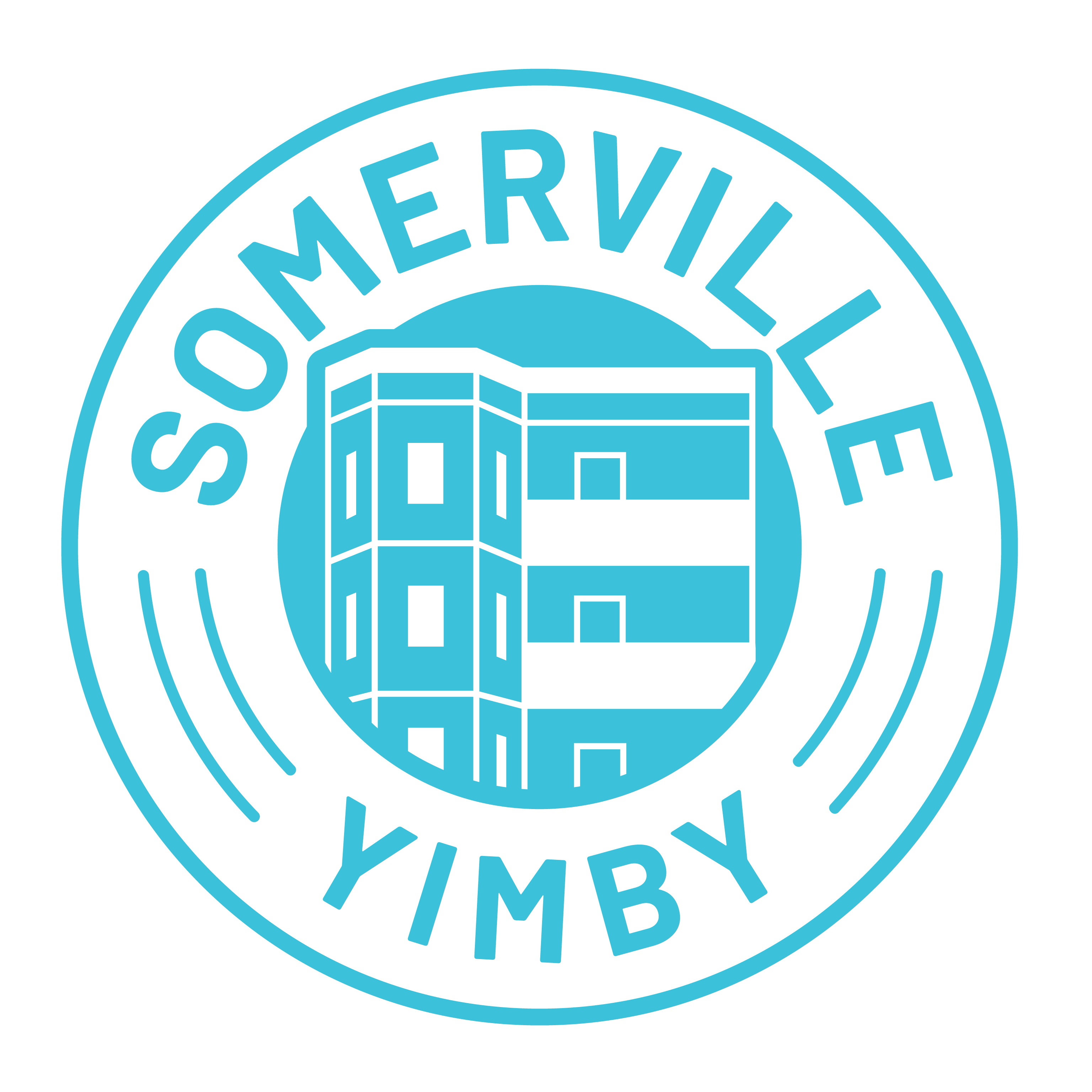Published:
Last Updated:
This is a repost of our member Ben Orenstein’s Substack “How is spot zoning defined in Massachusetts?”, published , copied here with his permission. Thanks Ben!
Definition
The Massachusetts Supreme Judicial Court uses this definition of spot zoning: “a singling out of one lot for different treatment from that accorded to similar surrounding land indistinguishable from it in character, all for the economic benefit of the owner of that lot.”1
Notice the three components:
- A singling out of a lot (or handful of lots),
- That is indistinguishable from surrounding lots in character, and
- Purely for the economic benefit of the lot’s owner
The third point is important!
- It’s legal to rezone a single lot.
- It’s legal to rezone a single lot, even if it’s indistinguishable from the lots around it.
- It’s legal to rezone a single lot that’s indistinguishable from the lots around it even if the owner will benefit!
- It’s illegal to rezone a single lot that is indistinguishable from the lots around it if the only plausible reason you did so was to make its owner better off.
Okay, if rezoning a lot simply to make its owner richer isn’t allowed, when can you rezone a single lot?
Valid reasons to rezone a single lot
Massachusetts courts have made clear that if a zoning amendment for a specific parcel is in harmony with the municipality’s broader plan or welfare objectives, it will not be considered impermissible spot zoning. Here are some circumstances where a single-lot or small-area rezoning may be allowed (and upheld in court):
- Advancing a legitimate public goal: If the rezoning supports goals like housing production, economic development, transportation-oriented development, or environmental protection, it’s usually deemed valid. For instance, upzoning a parcel near a transit station to allow multi-family housing might further the general welfare (addressing housing needs and smart growth) and thus be lawful, even if only one lot is directly affected.
- Consistent with a plan or study: When a rezoning is backed by planning studies or a master plan, it is less vulnerable. In Franson v. City of Woburn (2016), a single residential parcel abutting a business district was rezoned to allow 18 townhouses. Neighbors sued, alleging spot zoning. The Land Court upheld the change, finding the city had rational, well-documented objectives — increasing housing stock, providing public access to a historic site, and creating a transitional buffer between residential and commercial zones. Because those public benefits were identified, the rezoning did not conflict with the purposes of Chapter 40A and was not arbitrary, defeating the spot zoning claim. The presence of a rational planning rationale is an antidote to a spot zoning claim.
Winning a spot zoning lawsuit
…is unlikely!
The courts have stated that “claiming that a zoning amendment, a legislative act, amounts to spot zoning faces a heavy burden.”
Courts apply the “fairly debatable” rule: zoning changes are presumed valid as long as there is some rational, plausible justification for them2. Courts won’t invalidate a zoning decision simply because people disagree with it or question its wisdom. Instead, a challenger must show there is no legitimate public purpose served—meaning the zoning is unreasonable, whimsical, capricious, or arbitrary. If reasonable minds could differ over whether the zoning change furthers the public welfare, the courts will generally defer to the municipality’s legislative judgment.
1 Per Whittemore v. Building Inspector, Falmouth (1943). For a more recent invocation of this precedent, see Nimchick v. City Council of Chicopee (2019).
2 For an example of an application of the “fairly debatable” rule, see Van Renselaar v. City of Springfield (2003).
